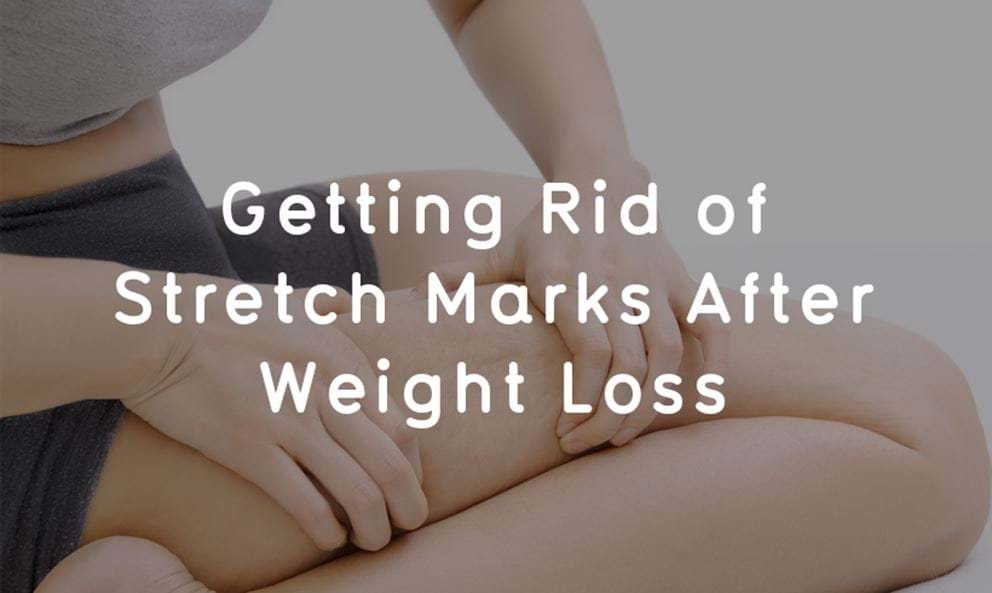Getting rid of stretch marks after weight loss

Weight loss is often a great, uplifting experience – especially when you carefully planned to shed the pounds and saw your hard work in the gym and at the dinner table pay off.
There’s just one little thing that can dampen that sense of satisfaction. Stretch marks. The consequence of skin damage in the form of scar tissue.
Here’s a look at some of the different remedies for vanquishing stretch marks from your life, and how they could work for you.
Lifestyle Tips
It would be great if there was some special exercise you could do to help get rid of your stretch marks, but as stretch marks result from scar tissue, there isn’t.
That’s not to say that there aren’t other lifestyle based remedies which can set you on the road to recovery, though.
Whether you’re already following specific methods or treatments to get rid of your stretch marks, or you’re hoping your body will just fade them away by itself, proper nutrition and hydration are essential.
Studies have consistently found dietary water intake to be an essential part of overall skin health[1], while nutrients such as vitamin A[2] (via foods like liver, leafy greens, carrots) and zinc[3] (found in leafy greens, beef, and various seeds) play an essential role in skin repair.
Creams
Outside of diet, the gentlest and most cost-effective way of dealing with stretch marks is by applying specially formulated creams to the affected area. These creams really can work, with some brands even having guarantees of certain results. However, there are both pros and cons to consider.
One thing to keep in mind when using creams is that they are most likely to be effective when applied to light, new stretchmarks (under a year old is a good rule of thumb), and are considerably less likely to be effective for darker, older stretch marks.
Another point to keep in mind is that not all creams are created equal. While some will be effective, others are bound to be a waste of your time. Trial and error will be needed. When shopping around, look out for cortisone creams and creams which include vitamin E, specifically.
“Surgical” Remedies
While conventional “under-the-knife” surgery isn’t typically used for dealing with stretch marks (cutting into the skin would generally just create more noticeable scar tissue than what was there to start with), there are various other “aggressive” methods to choose from.
The most notable are dermabrasion and chemical peels – both of which work by removing layers of skin to promote regeneration of the tissue. These procedures can be effective, and are a good way of dealing with more severe stretch marks. The procedures can also typically be customised based on the severity of your stretch marks.
There are some potential negative side effects, however, including possible skin discolouration and the risk of new scarring. Basic recovery times will be around a week at least.
Laser treatment, based on procedures like collagen remodelling, is widely considered the most effective and comprehensive way of getting rid of stubborn stretch marks. Unfortunately, it’s also the most expensive.
Laser treatments can be time-consuming as results will typically only be seen after several sessions, each of which can be painful enough to require anaesthetic.
[1] https://www.ncbi.nlm.nih.gov/pmc/articles/PMC4529263/
[2] http://lpi.oregonstate.edu/mic/health-disease/skin-health/vitamin-A
[3] http://www.webmd.com/vitamins-supplements/ingredientmono-982-zinc.aspx?activeingredientid=982


